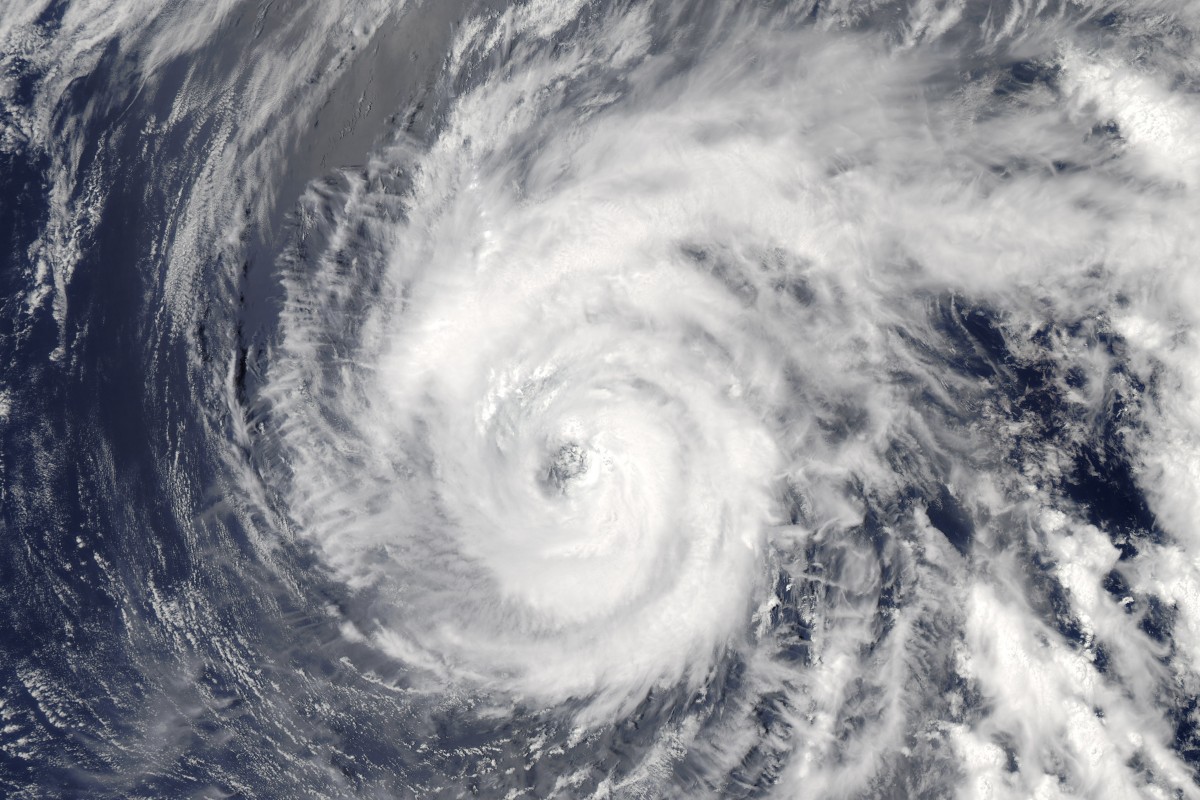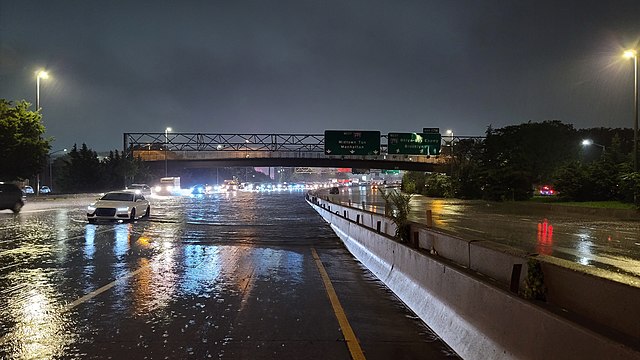 On August 29, 2021, Hurricane Ida made landfall with all the markings of a disaster driven by climate change.
On August 29, 2021, Hurricane Ida made landfall with all the markings of a disaster driven by climate change.
With an average wind speed of 150 miles per hour (mph) and a storm surge of nine feet, it is among the most powerful storms to hit Louisiana.
For nine straight hours, the superstorm destroyed properties and downed major transmission lines, leaving millions without power. The twister was so powerful that it actually caused the Mississippi river (near New Orleans) to reverse direction.
Let’s learn more about this hurricane and the devastation left in its wake.
Warm Waters Fuel Ida
All hurricanes originate as tropical cyclones near the equator. They are fueled by warm, moist air with a temperature of over 80℉ in the top 50 m of the surface. For more on how hurricanes form, check out our article here.
Hurricanes are classified into five categories based on wind speeds - at 150 mph, Hurricane Ida was a category 4 with potential for extreme damage.
According to the National Oceanic and Atmospheric Administration, the Gulf of Mexico (where Ida originated) is currently 3-5 ℉ warmer than it was last century. As Ida got closer to the coast, the sea surface temperature got hotter, accelerating its wind speeds. Within 24 hours of being identified as an unnamed tropical disturbance, it grew to a Category 2 hurricane. In just a few more hours, it evolved into a category 4 hurricane as it hit Port Fourchon, LA.
Ida's Devastation
 Even as Ida left a death toll of 26 in Louisiana and had been downgraded into a tropical storm, it had more in store.
Even as Ida left a death toll of 26 in Louisiana and had been downgraded into a tropical storm, it had more in store.
In an unfortunate twist of weather events, Ida merged with another front, resulting in extreme precipitation and flash flooding across eight American states. New York City and New Jersey were hit the hardest with some areas having the wettest day on record and receiving as much as three inches of rain in an hour. Subways were flooded, and ground and air transportation halted, as cars floated on streets. Many people were trapped in their basement homes.
But there was some good news too - 16 years ago, Hurricane Katrina literally sent the ocean into the city of New Orleans. But a brand new levee system withstood the test of Ida and protected the city from the worst damage.
The economic cost of this storm is over tens of billions of dollars. After touring impacted regions, President Biden signed declarations to provide the affected areas with federal assistance. He has also requested Congress to provide at least $10 billion for recovery. A massive infrastructure bill is also under review by Congress for building the nation’s transportation systems.
Sources: Washington Post, NOR, Vox







